Since recorded history began, every culture has had stories to explain the unexplainable, whether that’s the story of creation, the gods, and the universe, or weird anomalies of the human condition. A common theme in folklore is terrifying monsters, and, often, there are similarities in these tales across different cultures, locations, and time periods.
Many historians, myself included, believe some of these legends may be inspired by real medical conditions that the people of the time had no other explanation for. These ailments, misunderstood in their time, led to the creation of mythical creatures that embody our deepest fears. I feel terribly sorry for the people afflicted with these differences and the stigma, persecution, and poor treatment they likely received.
Werewolves and Hypertrichosis
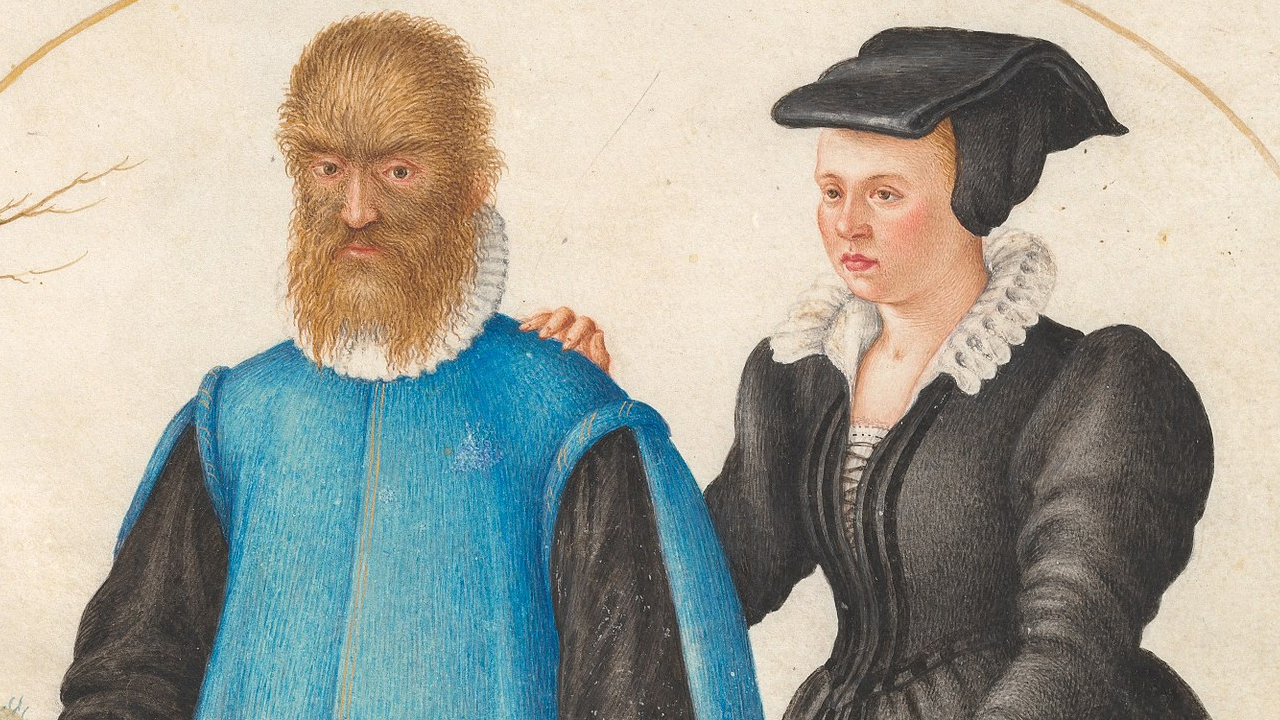
Hypertrichosis, also known as “werewolf syndrome,” causes excessive hair growth all over the body. This rare condition might have inspired legends of werewolves—humans who transform into wolf-like creatures during a full moon. The excessive hair and animalistic features are strikingly similar.
Vampires and Porphyria
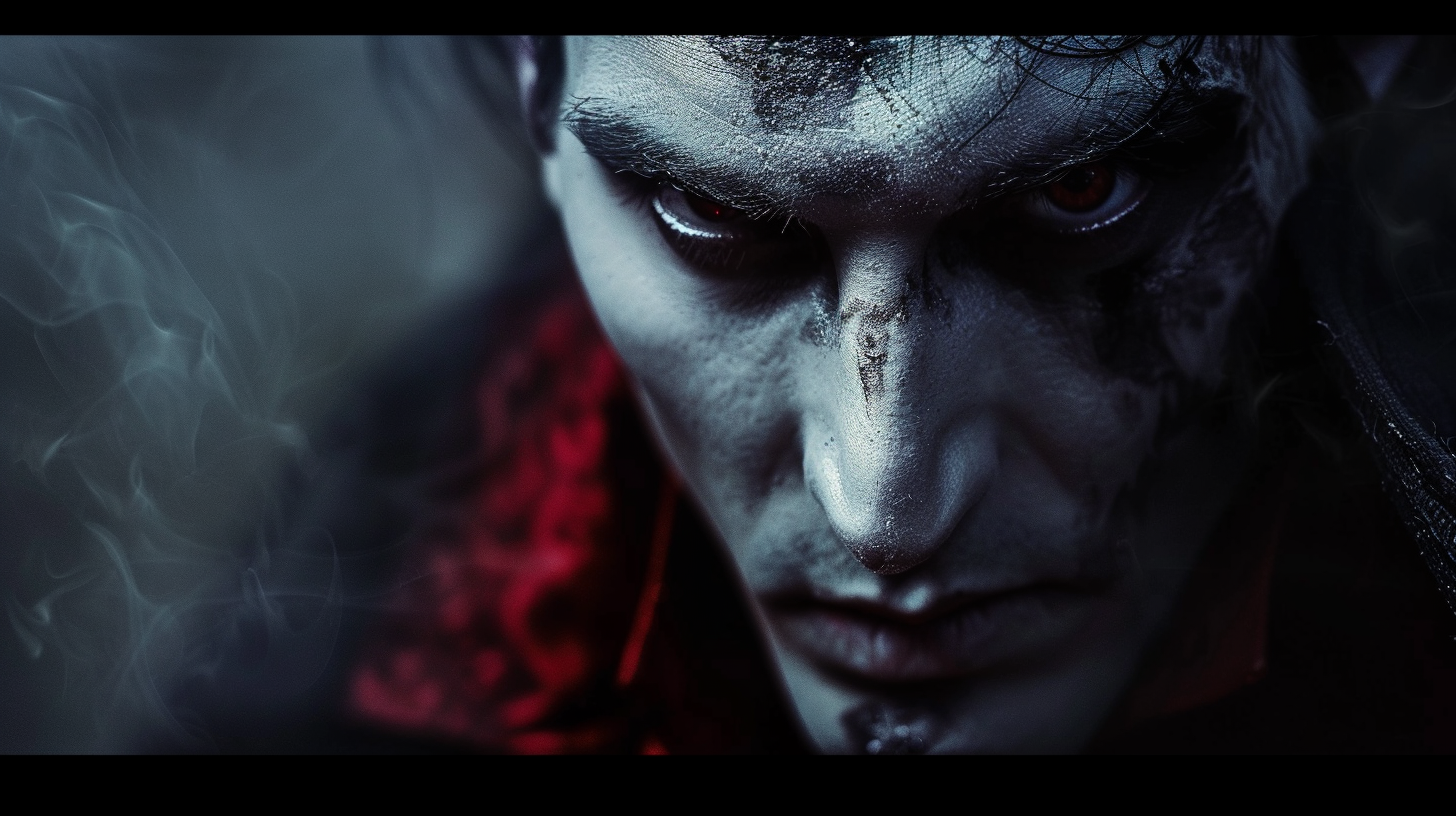
Porphyria is a group of disorders that affect the skin and nervous system, sometimes causing extreme sensitivity to sunlight. Symptoms include severe blisters and a need to avoid sunlight, similar to the traits of vampires who shun daylight and have a pale, blistered appearance.
Zombies and Rabies
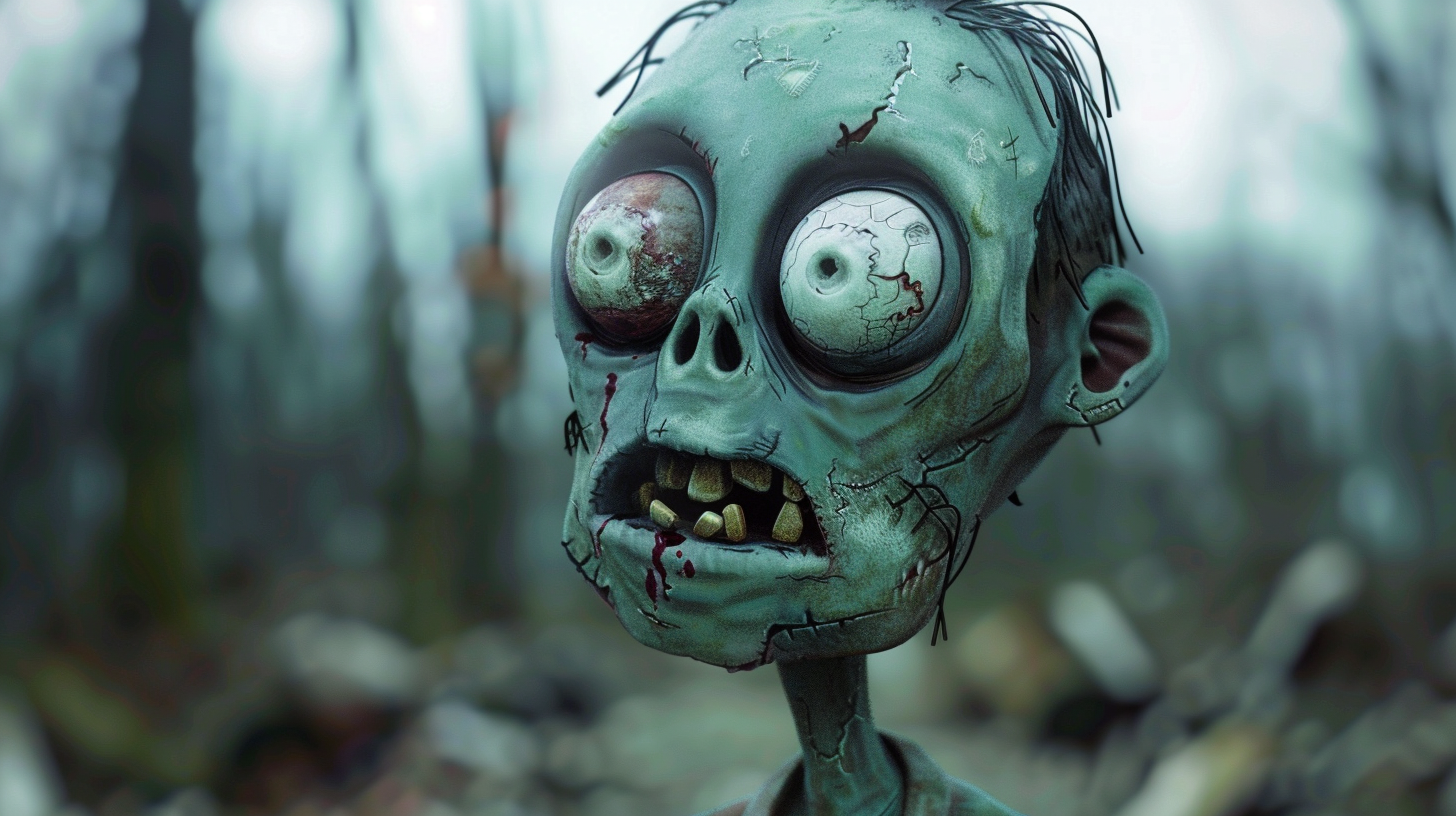
Rabies is a viral disease that affects the brain and can cause violent behavior, foaming at the mouth, and a fear of water. These symptoms might have influenced zombie lore, depicting reanimated corpses with aggressive tendencies and mindless hunger.
Cyclopes and Holoprosencephaly
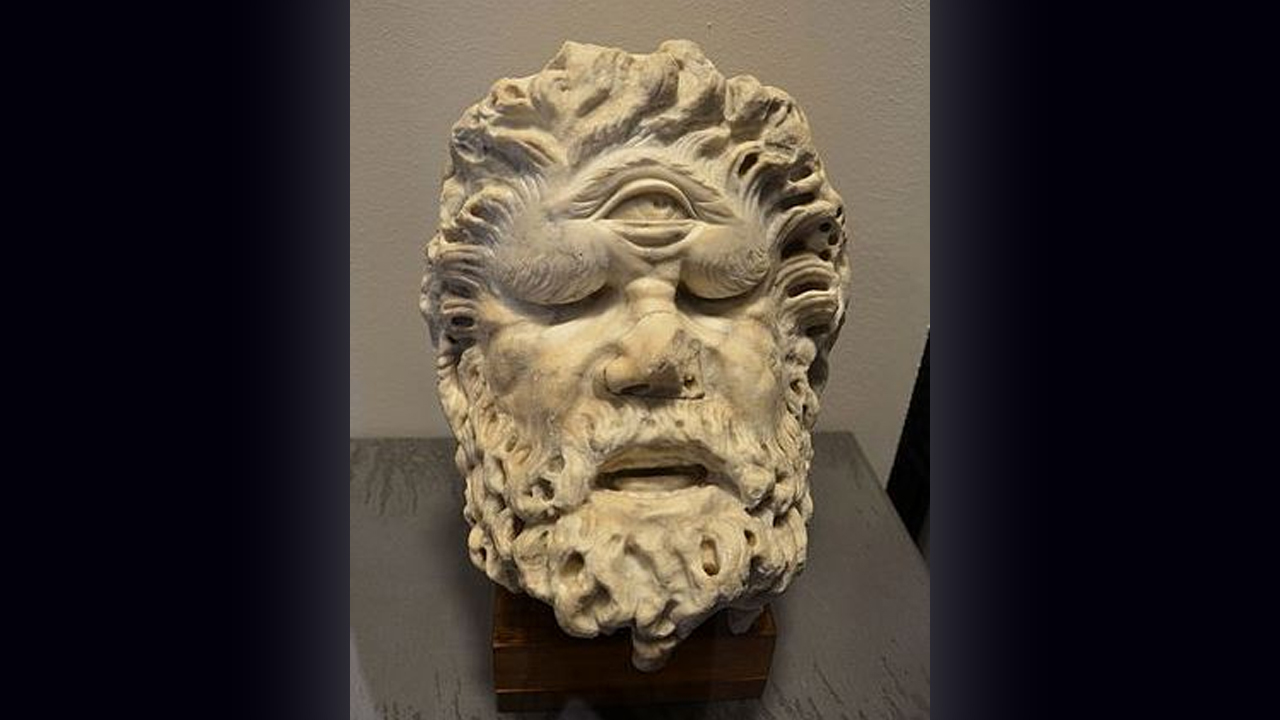
Holoprosencephaly is a congenital disorder where the brain fails to properly divide into two hemispheres, sometimes resulting in facial abnormalities, including a single eye. This condition could explain the myth of the cyclopes, one-eyed giants from Greek mythology.
Mermaids and Sirenomelia
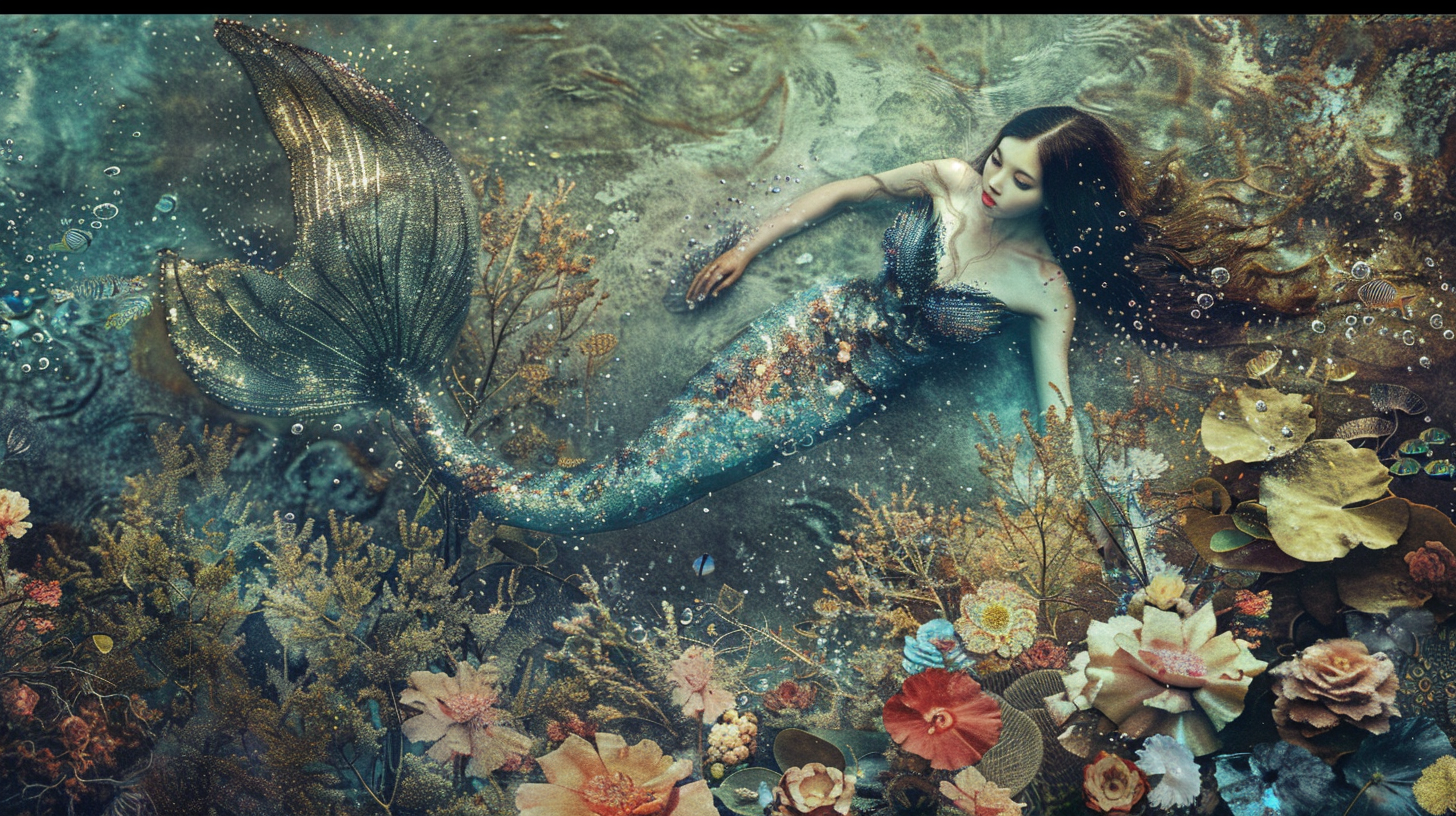
Sirenomelia, or “mermaid syndrome,” is a rare congenital disorder where a baby’s legs are fused together, resembling a mermaid’s tail. This condition might have contributed to tales of mermaids and sirens, mystical beings with fish-like lower bodies.
The Kelpie and Schizophrenia
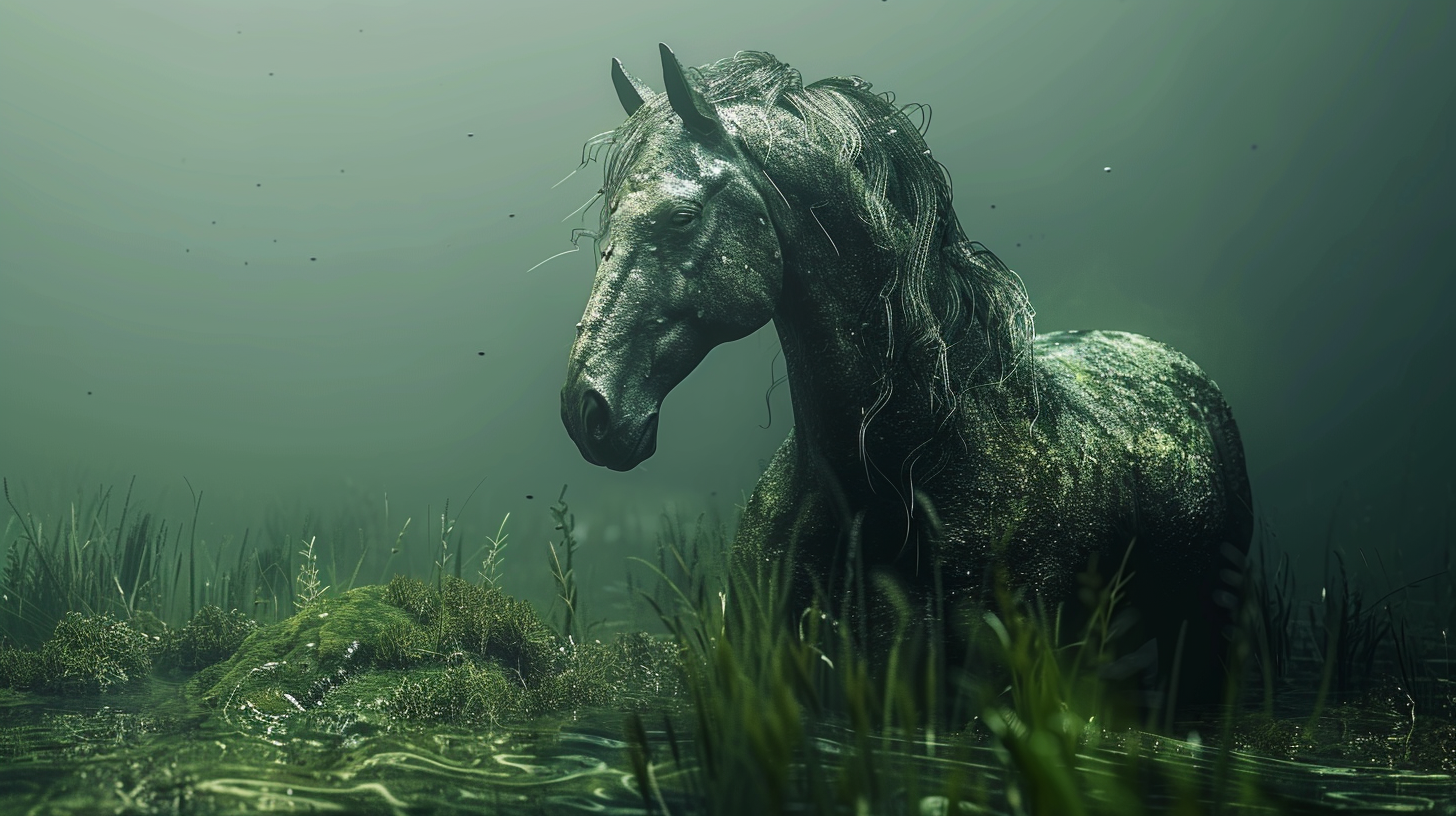
The Kelpie, a shape-shifting water spirit from Scottish folklore, might have been inspired by the symptoms of schizophrenia. This mental illness can cause hallucinations and delusions, leading individuals to perceive people or animals transforming into something else.
The Grim Reaper and Bubonic Plague

The Grim Reaper, a personification of death, might have been inspired by the bubonic plague. The plague, also known as the Black Death, caused widespread death and the image of skeletons carrying scythes became symbolic of this devastating period.
Ectodermal Dysplasia and Medusa
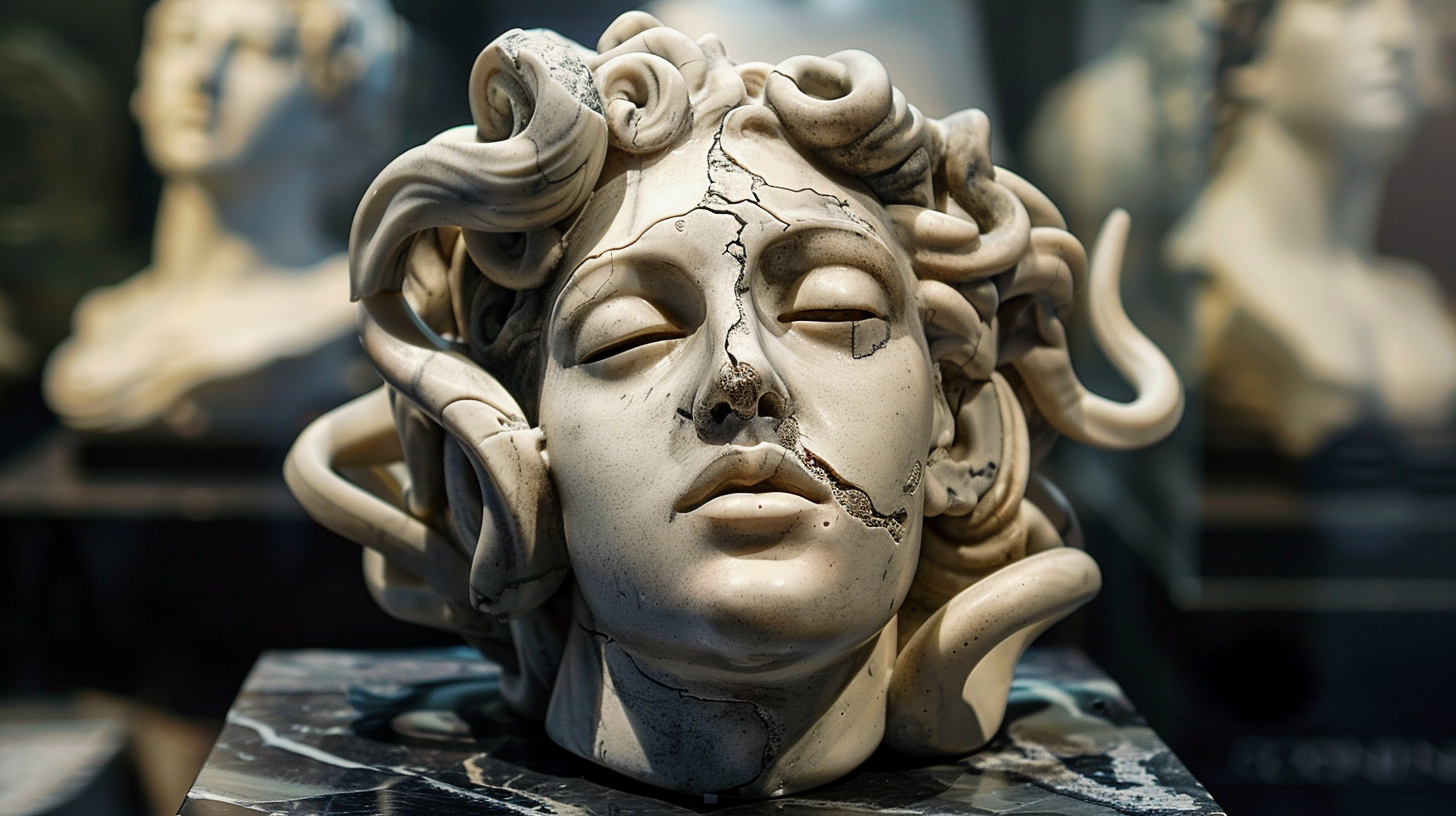
Ectodermal dysplasia can cause abnormalities in the skin, hair, teeth, and nails, giving a person a frightening appearance. This condition might have inspired the Greek myth of Medusa, a Gorgon with snakes for hair and a gaze that turns people to stone.
The Yeti and Acromegaly
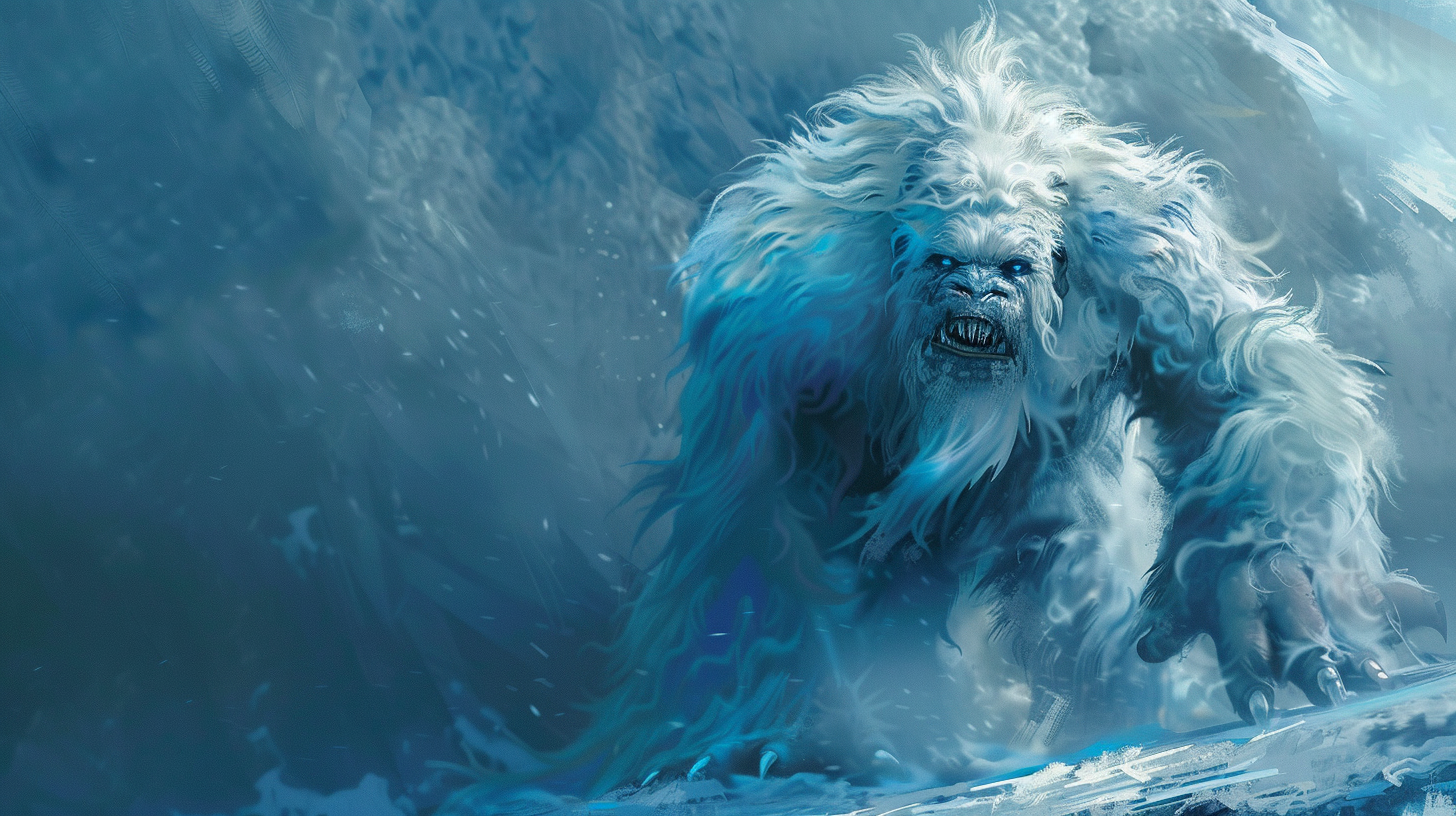
Acromegaly is a hormonal disorder that results in the enlargement of bones and tissues, leading to a giant-like appearance. This condition might have inspired the legend of the Yeti, a large, ape-like creature said to inhabit the Himalayas.
The Chupacabra and Mange
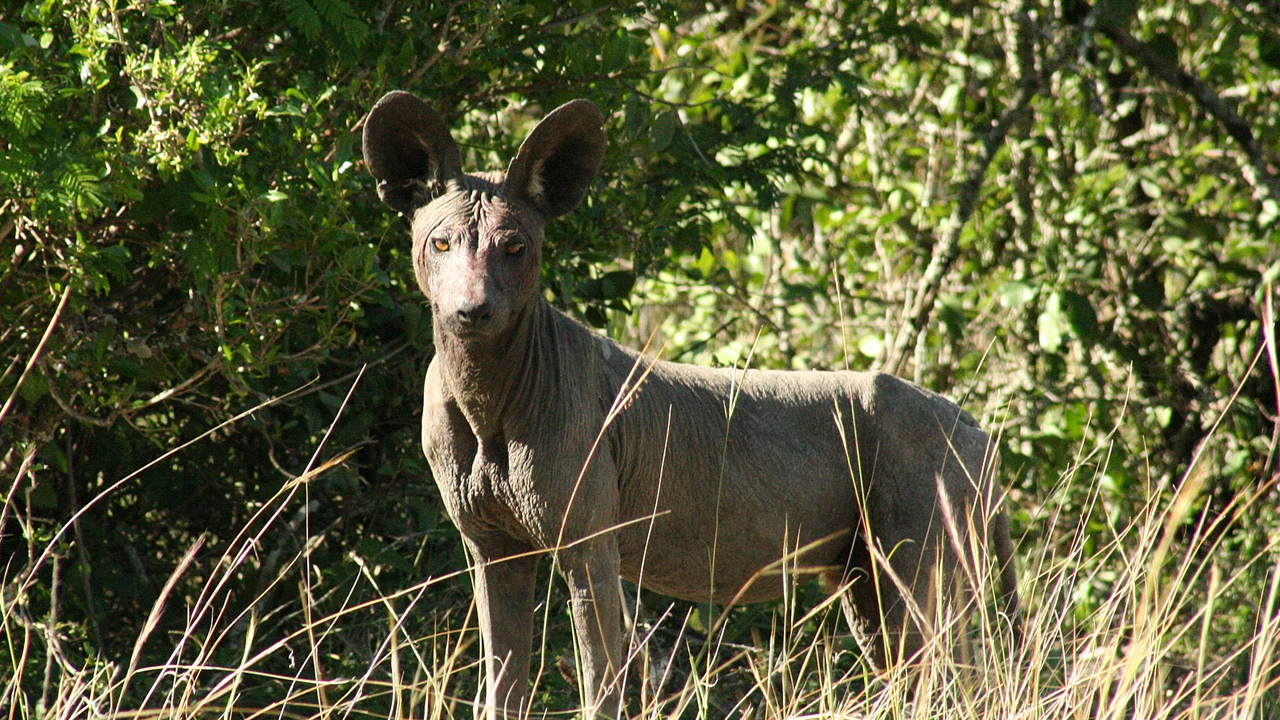
The Chupacabra, a creature from Latin American folklore, is described as a hairless, dog-like beast that attacks livestock. Mange, a skin disease caused by mites, can make animals lose their fur and develop a frightening, sickly appearance, likely leading to Chupacabra sightings.
The Mothman and Albinism
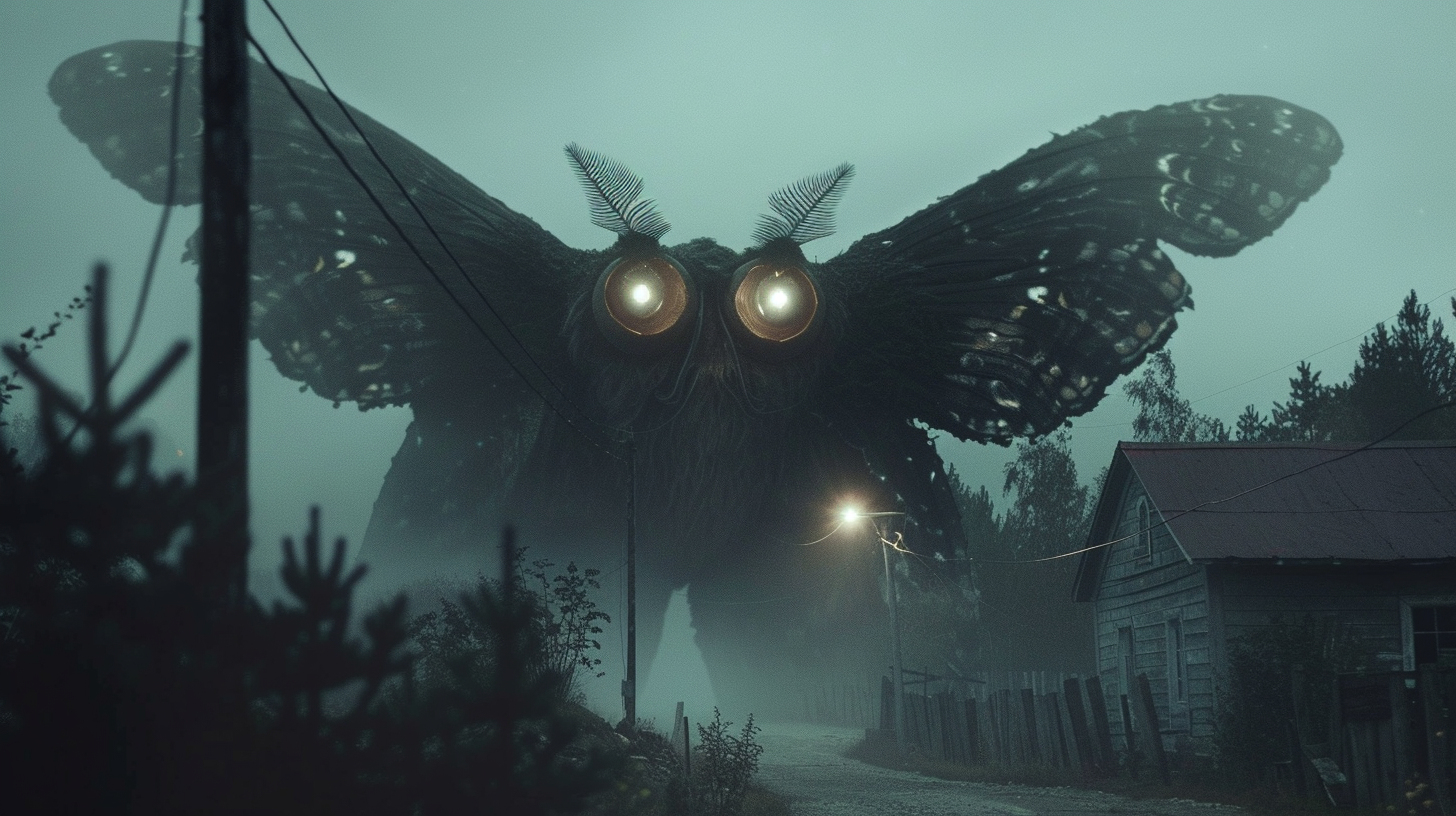
Albinism is a genetic condition that causes a lack of pigment in the skin, hair, and eyes. The Mothman, a winged creature with glowing red eyes, might have been inspired by sightings of albino animals or humans with albinism, seen in the dark.
The Loup-Garou and Lycanthropy
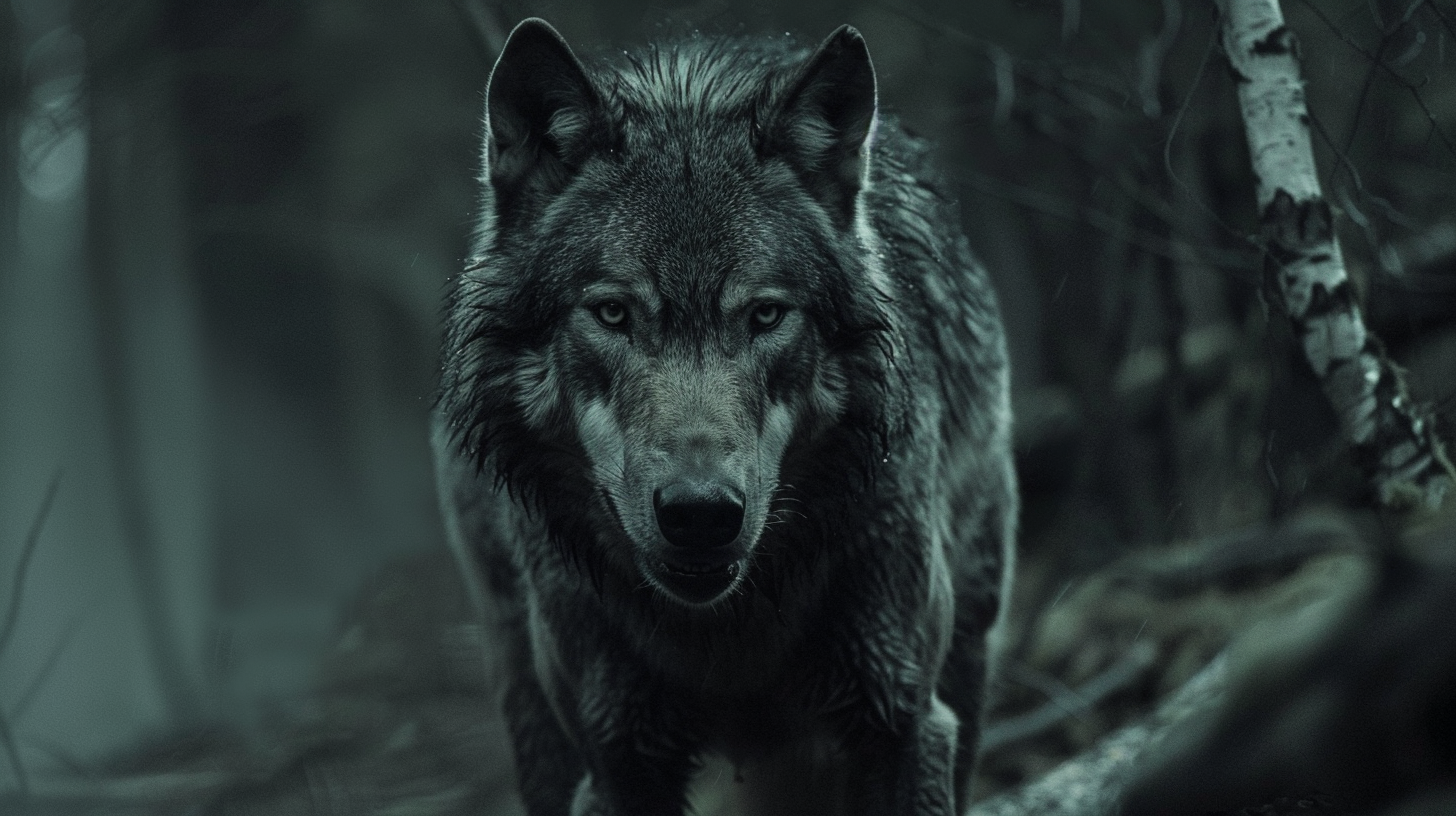
Lycanthropy is a psychological condition where a person believes they can transform into a wolf or other animal. This belief can be so strong that they act like the animal they think they can become. This condition might have inspired the myth of the Loup-Garou, a werewolf-like creature in French folklore.
The Minotaur and Cretinism
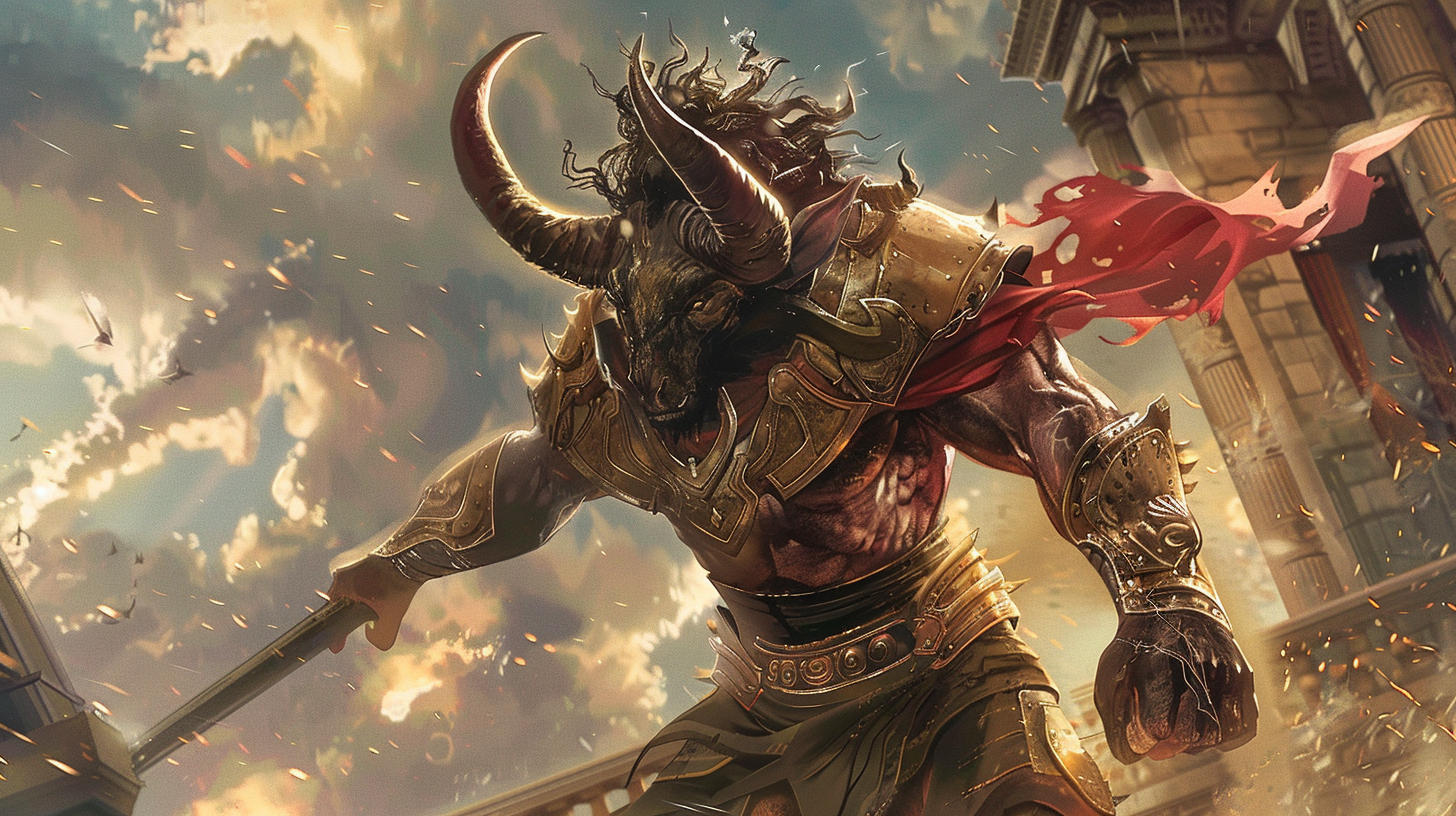
Cretinism, a condition caused by severe hypothyroidism, can result in physical and mental abnormalities, including enlarged facial features. This condition might have inspired the myth of the Minotaur, a creature with the body of a man and the head of a bull.
The Hydra and Polycephaly
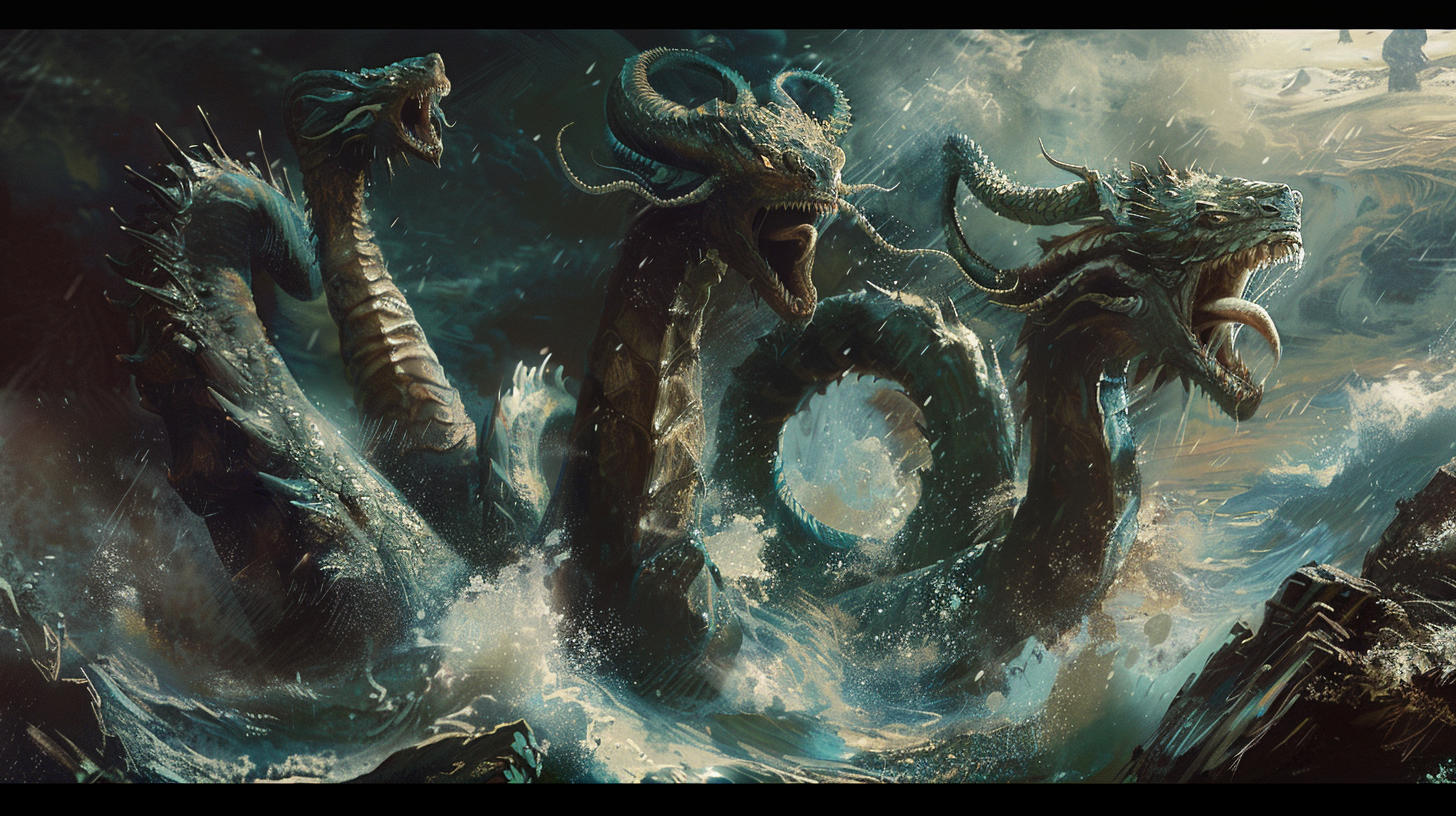
Polycephaly is a condition where an organism is born with more than one head. The myth of the Hydra, a serpent-like creature with multiple heads that regenerate when cut off, could have been inspired by sightings of animals with polycephaly.
The Mummy and Tuberculosis
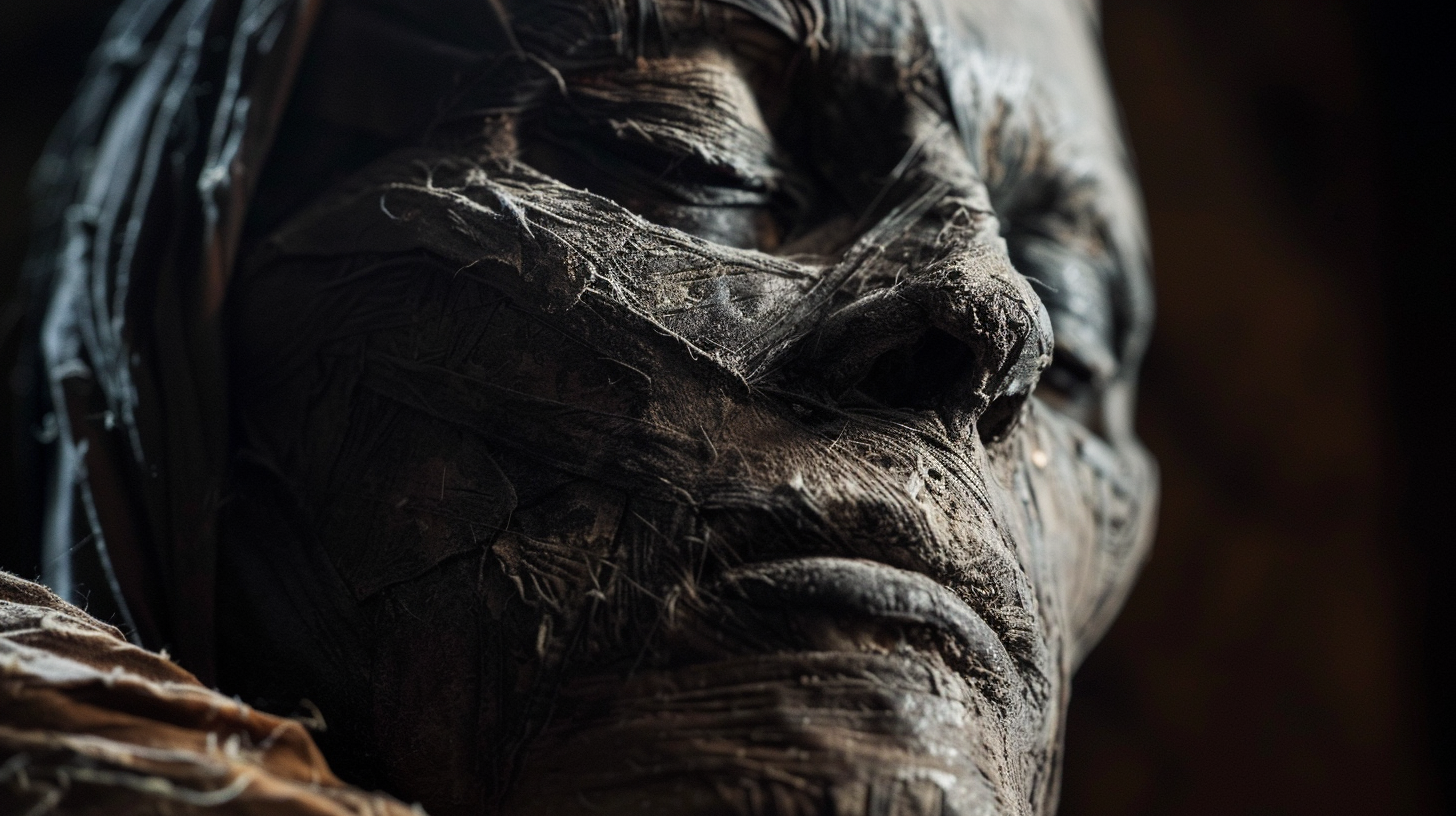
Tuberculosis (TB) is an infectious disease that can cause severe weight loss, pale skin, and coughing up blood. The symptoms of TB might have influenced the depiction of mummies in horror stories, as ancient mummies often appear gaunt and wrapped in bandages.
Trolls and Gigantism
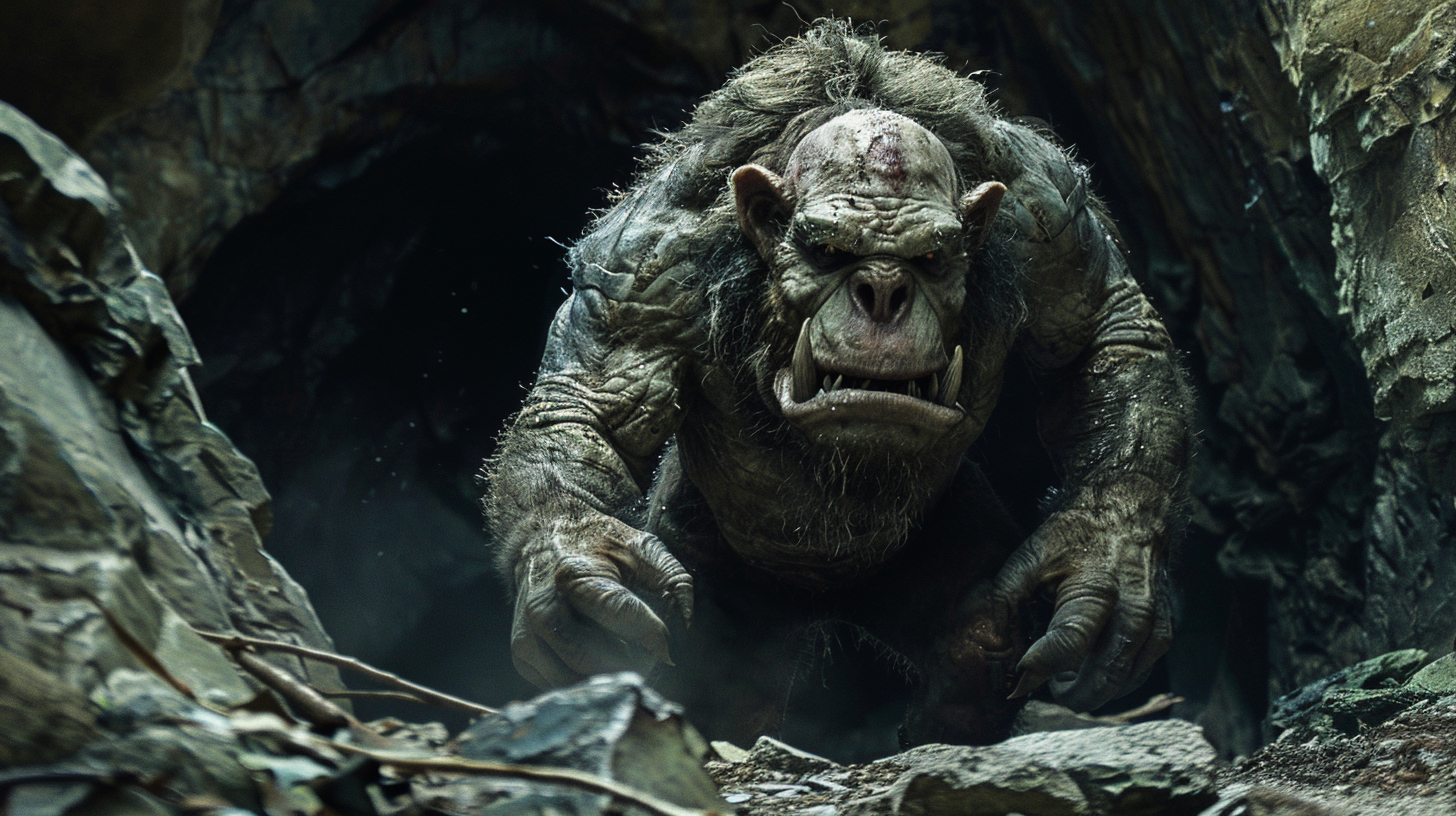
Gigantism is a condition caused by excessive growth hormone, resulting in abnormally large size. This might have inspired myths of trolls, large and often monstrous beings said to live in remote areas and under bridges.
The Succubus and Sleep Paralysis
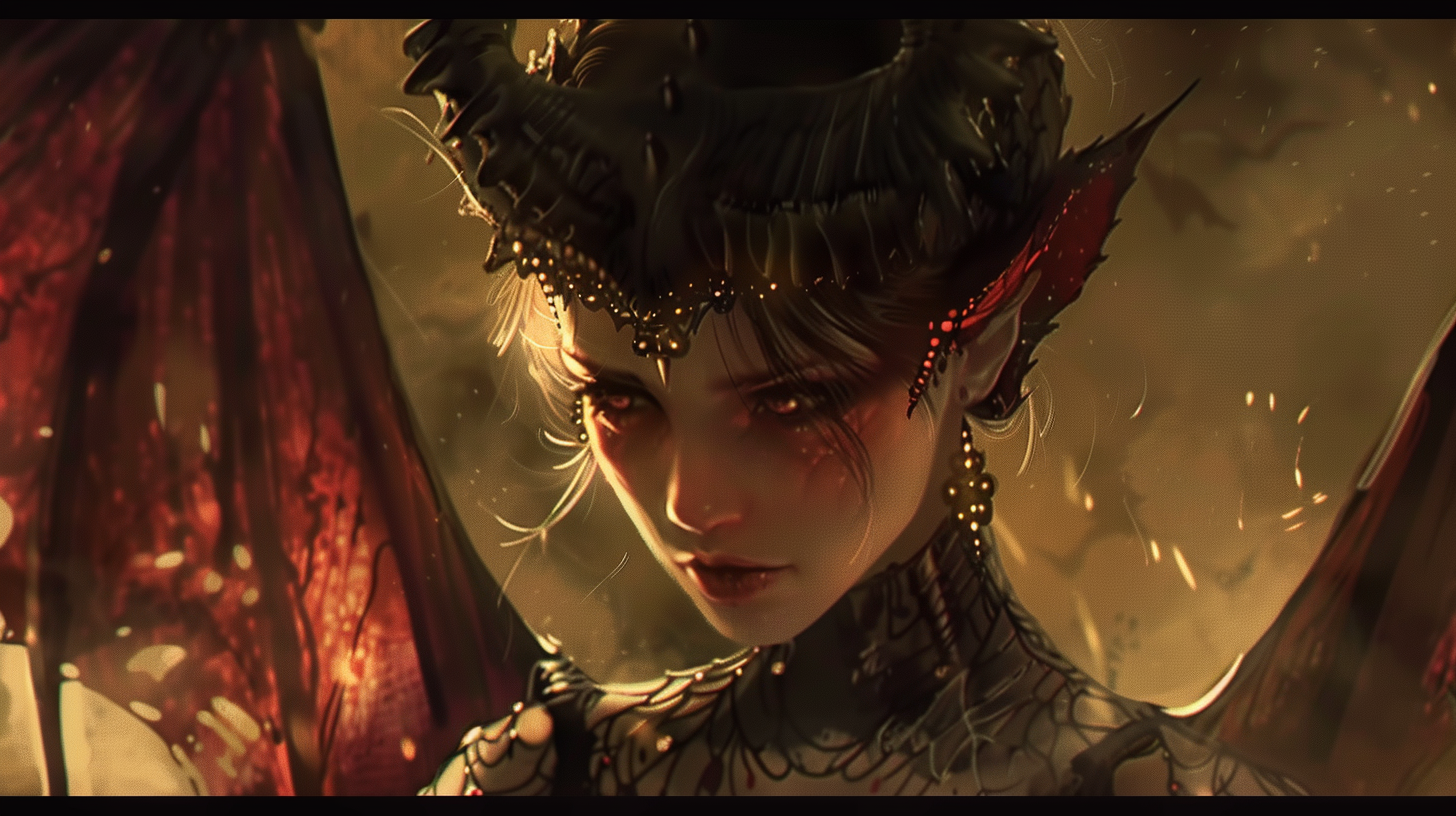
A succubus is a demon said to prey on sleeping men, often causing nightmares and a feeling of suffocation. This could be linked to sleep paralysis, a condition where people wake up unable to move, often feeling a presence pressing down on them.
The Basilisk and Ophidiophobia
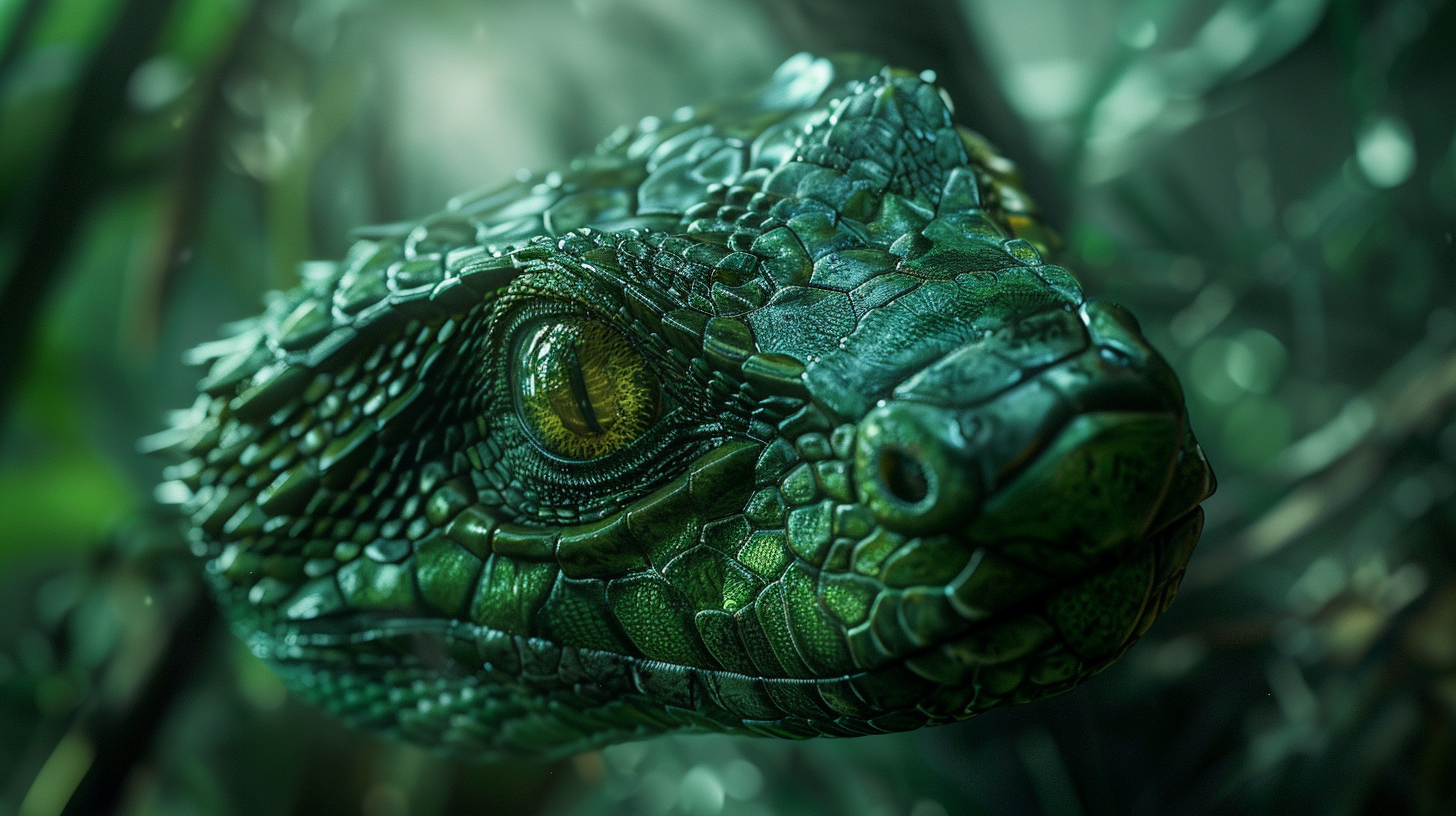
The basilisk, a legendary serpent said to kill with a single glance, might have been inspired by ophidiophobia, the fear of snakes. This intense fear can cause people to imagine deadly characteristics in snakes, fueling myths of deadly serpents.
Ellen has been obsessed with logic puzzles, jigsaws, and cryptograms since she was a kid. After learning she was taught how to play chess wrong by a family friend (so they could win), she joined her school chess club and the rest is history.

